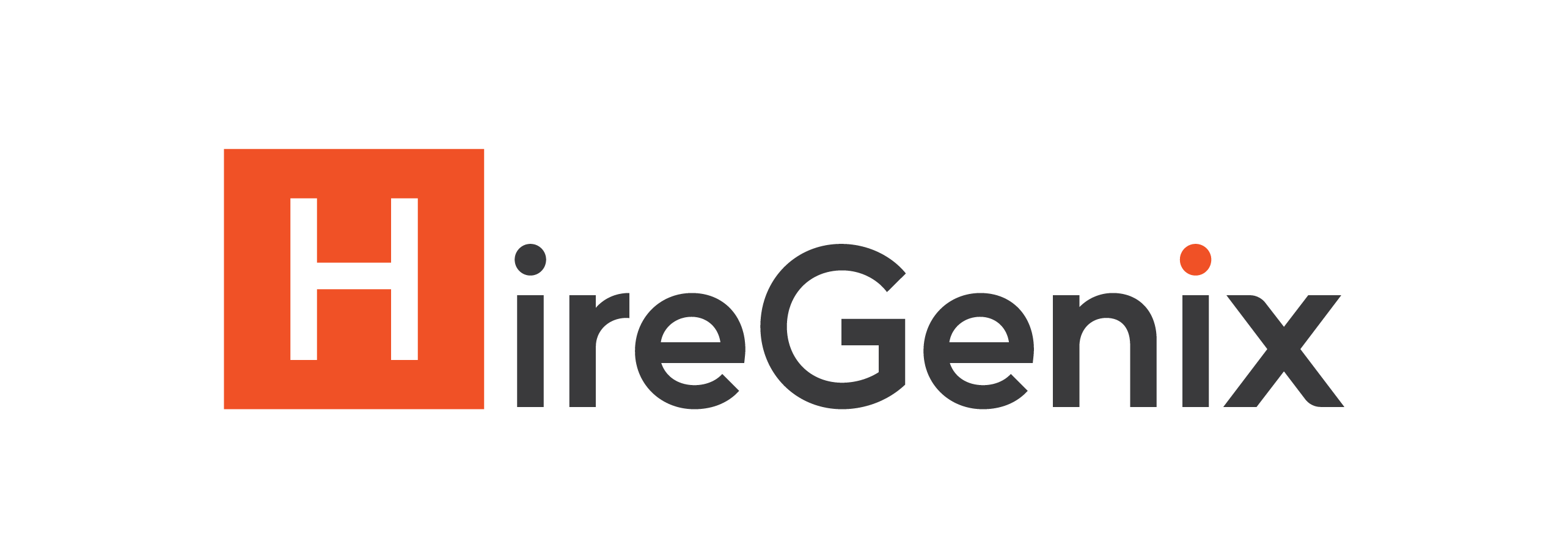
The Complete Guide to AI Recruitment
A comprehensive guide to implementing AI in your recruitment process

A comprehensive guide to implementing AI in your recruitment process
Artificial Intelligence (AI) is revolutionizing the recruitment industry, transforming how organizations identify, attract, and hire top talent. This guide provides a comprehensive overview of AI recruitment technologies, their applications, and how they can enhance your hiring process.
In today's competitive job market, organizations face numerous challenges in finding and securing the right talent. Traditional recruitment methods are often time-consuming, subjective, and inefficient. AI offers a solution by automating repetitive tasks, providing data-driven insights, and improving the overall candidate experience.
AI recruitment refers to the application of artificial intelligence technologies to streamline and enhance various aspects of the hiring process. These technologies include machine learning, natural language processing, predictive analytics, and computer vision, among others.
By leveraging AI, recruiters and hiring managers can automate routine tasks, make more informed decisions, and focus on building meaningful relationships with candidates.
AI can automate time-consuming tasks such as resume screening, candidate sourcing, and initial assessments. This allows recruiters to focus on high-value activities like building relationships with candidates and strategic hiring initiatives.
Did you know? Organizations using AI in recruitment report up to 70% reduction in time-to-hire and 30% decrease in cost-per-hire.
AI algorithms can analyze vast amounts of data to identify patterns and predict candidate success. This data-driven approach leads to better hiring decisions and improved quality of hire.
AI-powered chatbots, personalized communication, and streamlined processes contribute to a better candidate experience. Candidates receive timely updates, relevant information, and personalized interactions throughout their journey.
When properly designed and implemented, AI can help reduce unconscious bias in the hiring process by focusing on skills, qualifications, and potential rather than demographic factors.
AI provides valuable insights into your recruitment process, allowing you to identify bottlenecks, optimize strategies, and make data-driven decisions.
Before implementing AI, evaluate your existing recruitment workflow to identify areas that could benefit from automation and enhancement.
Establish specific goals for your AI implementation, such as reducing time-to-hire, improving quality of candidates, or enhancing diversity.
Choose AI tools and platforms that align with your objectives and integrate well with your existing systems.
Ensure your data is clean, structured, and compliant with privacy regulations before feeding it into AI systems.
Provide comprehensive training to your recruitment team on how to effectively use and interpret AI tools.
Continuously evaluate the performance of your AI implementation and make adjustments as needed to optimize results.
AI systems can inadvertently perpetuate or amplify existing biases if trained on biased data. Implement regular audits and bias detection mechanisms to ensure fairness.
Adhere to data protection regulations such as GDPR and CCPA when collecting, storing, and processing candidate data.
Find the right balance between AI automation and human judgment. Some aspects of recruitment, such as assessing cultural fit and building relationships, still require a human touch.
Best Practice: Use AI as a decision support tool rather than a replacement for human judgment. The final hiring decisions should always involve human oversight.
Secure support from key stakeholders by demonstrating the ROI of AI implementation and addressing concerns proactively.
A leading technology company implemented AI-powered candidate matching and reduced their time-to-hire by 45% while improving quality of hire by 20%.
A healthcare provider used AI to screen resumes and conduct initial assessments, resulting in a 60% reduction in administrative workload and a more diverse candidate pool.
A financial institution leveraged AI for predictive analytics in their recruitment process, leading to a 35% decrease in turnover and significant cost savings.
The field of AI recruitment is rapidly evolving, with new technologies and applications emerging regularly. Some trends to watch include:
AI is transforming recruitment from a largely manual, intuition-based process to a data-driven, efficient operation. By embracing AI technologies, organizations can gain a competitive edge in attracting and retaining top talent.
To get started with AI recruitment:
Remember: Successful AI implementation requires a balance of technology, process optimization, and human expertise. The goal is not to replace recruiters but to enhance their capabilities and effectiveness.